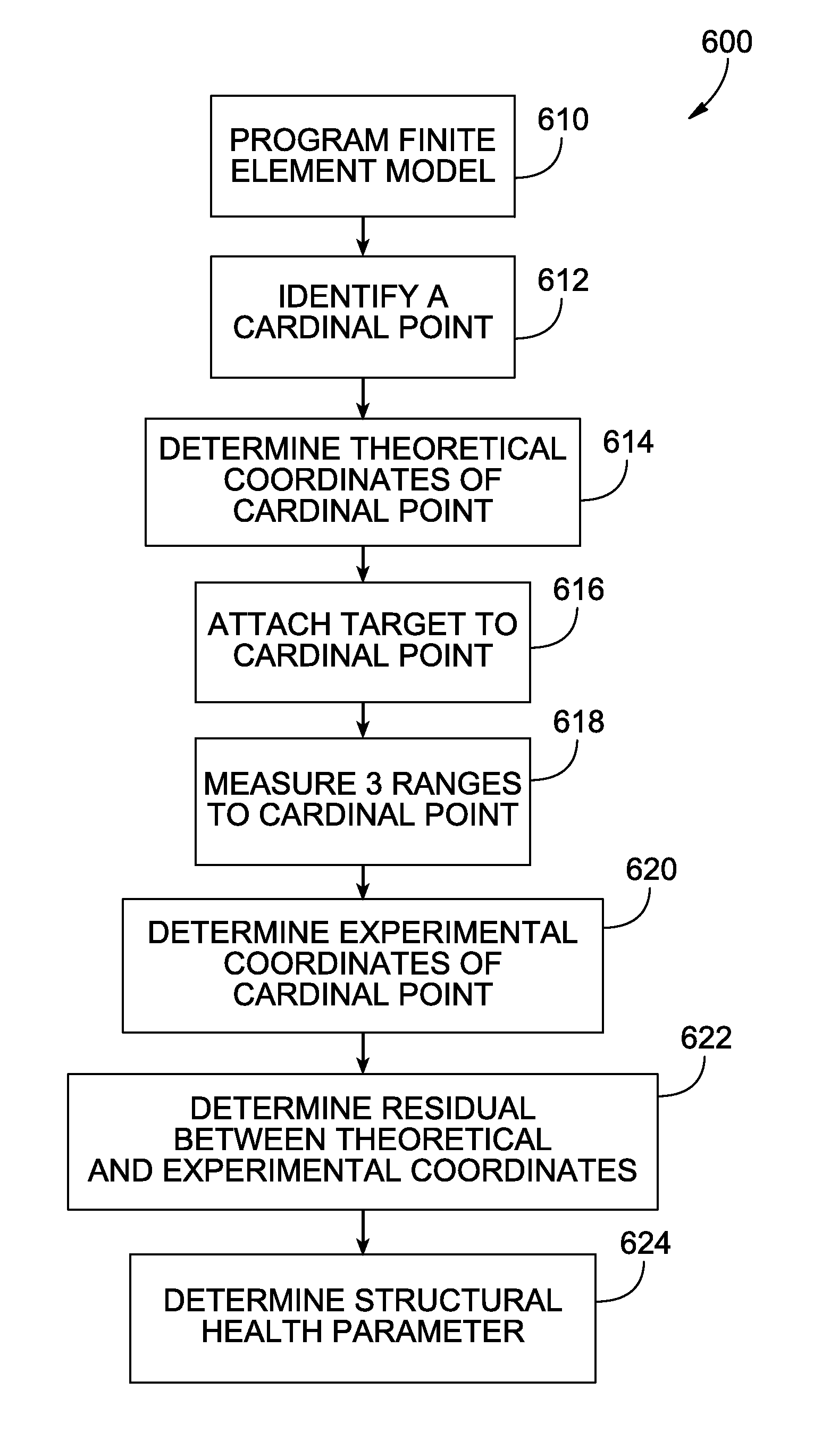On Aug. 1, 2007, the I-35W bridge over the Mississippi River in Minneapolis, Minn. experienced a catastrophic failure.
The National Transportation Safety Board (NTSB) concluded in press release SB-08-53, incorporated by reference herein, that the probable cause of the collapsewas the inadequate load capacity, due to a design error by Sverdrup & Parcel and Associates, Inc., of the gusset plates at the U10 nodes, which failed under a combination of (1) substantial increases in weight of the bridge, which resulted from previous modifications and (2) the traffic and concentrated construction loads on the bridge on the day of the accident.
On Apr. 1, 1989 the US 51 bridge over the Hatchie River near Covington, Tenn. experienced a catastrophic failure.
Contributing to the severity of the accident was a lack of redundancy in the design of the bridge spans.
The NTSB concluded in Highway Accident Report HAR-88-02, incorporated by reference herein,that the-probable cause of the collapse of the Schoharie Creek Bridge was the failure of the New York State Thruway Authority to maintain adequate riprap around the bridge piers, which led to severe erosion in the soil beneath the spread footings.
Contributing to the accident were ambiguous plans and specifications used for construction of the bridge, an inadequate NYSTA bridge inspection program, and inadequate oversight by the New York State Department of Transportation and the Federal Highway Administration.
Contributing to the severity of the accident was a lack of structural redundancy in the bridge.
On Jun. 28, 1983, the I-95E bridge over the Mianus River in Greenwich Conn. experienced a catastrophic failure.
The outside hanger gradually worked its way farther outward on the pin, and over a period of time, a fatigue crack developed in the top outside end of the upper pin.
The shoulder of the pin fractured off, the pin and hanger assembly failed, and the span collapsed into the river.
Unfortunately, the OSHA Accident Investigation Reports are not easily accessible, but from news reports the following crane accidents occurred recently.
Railroad bridge failures occurred following flooding in Cedar Rapids on Jun. 12, 2008 and in Columbus Junction, Iowa on Jun. 24, 2008.
Without conclusive engineering data, the pointing change was dismissed as possibly due to electronic instrumentation problems.
Catastrophic failures during construction are all to frequent.
There have also been catastropic failures of standing buildings.
It is also possibly due to the historic development of large-scale metrology around manufacturing, which may not attract the attention of structural engineers.
Site power delivered by the grid was lost as a result of the earthquake.
Backup diesel generator power was later lost as a result of the tsunami.
Backup battery power was soon exhausted, which resulting in loss of coolant to the reactors.
In the case of the Fukushima accident, there were explosions outside the primary containment structure—which indicate that the primary containment structures failed to contain the pressure of the vented steam and hydrogen.
The authors state;If for any reason the emergency core cooling system were not effective and a core meltdown occurred, the build-up of internal pressure in a sealed reactor containment building could rupture it within a matter of hours.
As a result, the National Transportation Safety Board subjected seven cars with known cracks to a hydrostatic test.
Section A concluded with the statement;Based on the ineffectiveness of hydrostatic test in detecting significant fatigue cracking in tank cars resulting from severe loadings, stress risers, and welding defects, RSPA and the FRA no longer consider the hydrostatic test part of the optimum way to qualify fusion welded tank cars for continued service.
The Final Rule recites three incidents involving PIH;In the last several years, rail tank cars have been breached in numerous accidents, resulting in large releases of hazardous materials.
As noted in the NPRM, although none of these accidents was caused by the hazardous materials tank cars, the failure of the tank cars involved led to fatalities, injuries, evacuations, and property and environmental damage.
The industry responded that it lacked the technological and engineering ability to manufacture tank cars meeting the proposed standards.
The problem is that analysis of the data is very complex, and may not point to suspect areas for follow-up human inspection.
Moreover, bonding of the strain transducers to the structural elements may make retrofitting an existing structure, or replacement of embedded transducers, difficult.
The most significant problem is that analysis requires extrapolation of the localized measurements of a large number of transducers to model the structure.
Hydrostatic testing has been shown to be unreliable for detecting fatigue cracks in railroad tank cars.
This proposal was not reduced to practice, and was limited to the specific case of a radio telescope rotating in azimuth and elevation.
 Login to View More
Login to View More  Login to View More
Login to View More 


